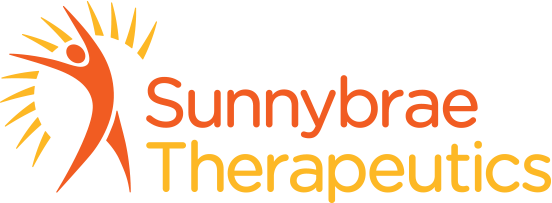Whether you’re a seasoned athlete or a weekend warrior, you’ve probably encountered the discomfort of muscle soreness. While it’s often attributed to lactic acid build-up, there’s more to the story.

In this article, I dive into the science of lactic acid, its role in muscle soreness, and how massage therapy can provide effective relief.
Understanding Lactic Acid Build-Up
Lactic acid is a natural byproduct of energy production within your muscles. During exercise, your muscles convert glucose into adenosine triphosphate (ATP), the primary energy source for muscle contractions. When your body needs rapid energy, as in high-intensity or strenuous exercise, it temporarily shifts to a process called anaerobic glycolysis.
During anaerobic glycolysis, glucose is broken down without the presence of oxygen, leading to the production of lactic acid. This process allows your muscles to continue working even when oxygen supply is limited. Contrary to popular belief, lactic acid is not solely responsible for muscle soreness.
The Role of Lactic Acid in Muscle Soreness
Delayed onset muscle soreness (DOMS), the soreness you feel 12-24 hours after intense exercise, isn’t primarily caused by lactic acid. Instead, it results from tiny muscle fibre tears and inflammation triggered by strenuous physical activity. These microscopic injuries lead to localized pain and stiffness.
However, lactic acid can play a role in the initial muscle burn you experience during exercise. As it accumulates, it creates an acidic environment within your muscles, stimulating pain receptors and causing discomfort. This is often associated with the “burn” you feel during intense workouts.
How Massage Therapy Alleviates Muscle Soreness
Massage therapy is a valuable tool for addressing both the immediate discomfort of lactic acid build-up during exercise and the subsequent muscle soreness that follows. Here’s how massage can help:
1. Improved Circulation: Massage increases blood flow to your muscles, aiding in the removal of lactic acid and metabolic waste products. Enhanced circulation promotes quicker recovery and reduced muscle soreness.
2. Muscle Relaxation: Massage helps release muscle tension and knots, preventing the formation of trigger points that can contribute to soreness. It promotes relaxation and flexibility in muscle fibres.
3. Reduction in Inflammation: Massage can reduce inflammation by stimulating the lymphatic system. This can minimize the severity of DOMS and speed up the healing process.
4. Pain Relief: Massage triggers the release of endorphins, your body’s natural painkillers. This can provide immediate relief from exercise-induced discomfort.
5. Increased Range of Motion: Regular massages can enhance your joint mobility and flexibility, reducing the likelihood of injury and muscle strain during workouts.
Lactic acid build-up during exercise is a natural and necessary process for energy production. While it contributes to the “burn” you feel during intense workouts, it’s not the primary cause of muscle soreness. DOMS results from microscopic muscle fibre damage and inflammation in the tissue.
Massage therapy offers an effective way to manage exercise-related discomfort.
By improving circulation, reducing muscle tension, and promoting relaxation, massage can help you recover faster, reduce muscle soreness, and enhance your overall exercise experience. So, the next time you hit the gym or engage in a strenuous activity, consider scheduling a massage at Sunnybrae Therapeutics to support your body’s recovery and well-being.
